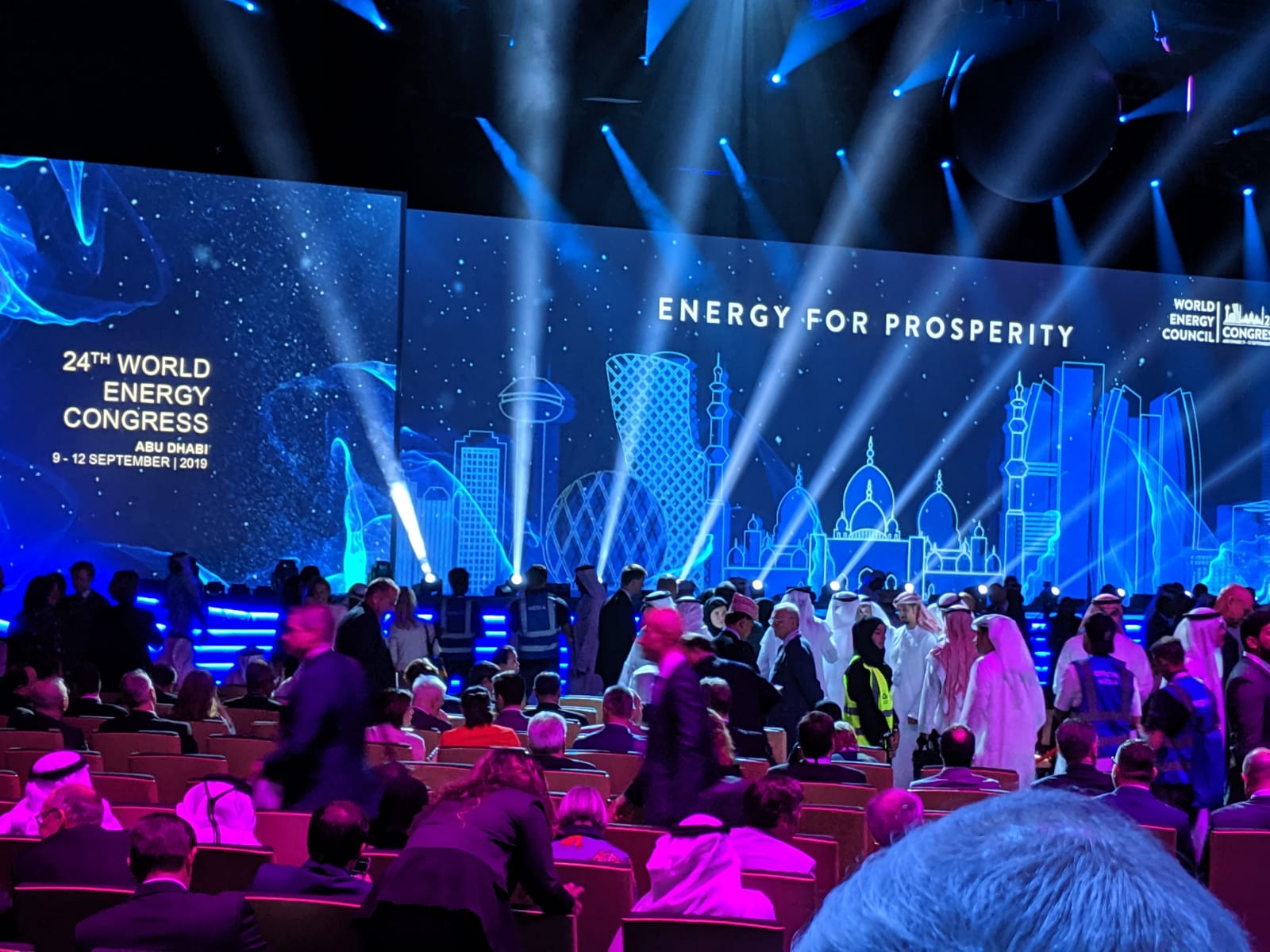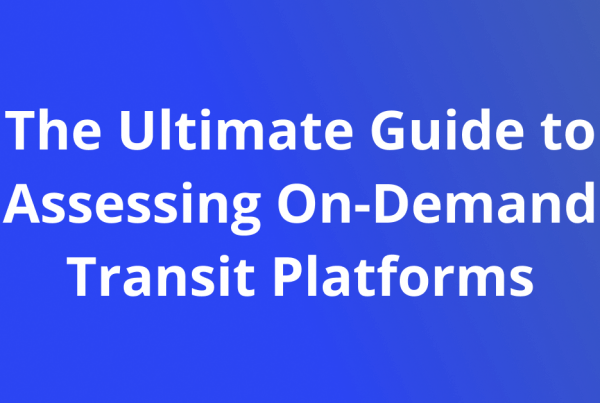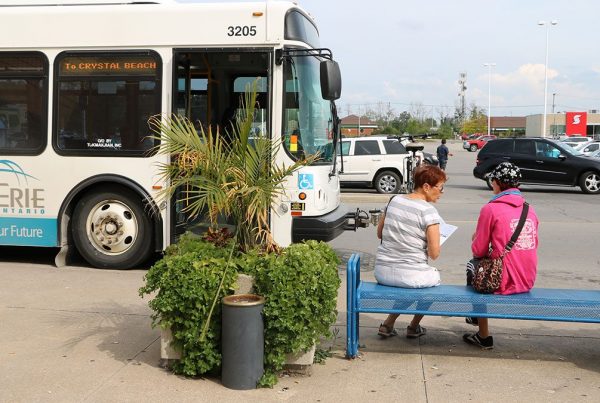Energy Transition Now
By: Remi Desa
I was fortunate to participate in the World Energy Congress last week in Abu Dhabi. It was an excellent opportunity to get a pulse on what is happening around the world of energy transition. I also met with government and corporate leaders and learned their perspective in our collective efforts to mitigate climate change.
It was uplifting to learn about different initiatives and long-term projects that are planned to reduce GHGs in the future, such as electrification, renewables, hydrogen and carbon capture. But, I was surprised to learn that there are few solutions that leverage existing infrastructure more efficiently or systems that could achieve significant results now.
Take transportation which is an essential part of everyday life and currently accounts for almost 30 % of US GHG emissions. As our world population grows and cities become denser, the need for transportation is increasing at an unprecedented rate. Congestion is on the rise and the majority of vehicles on the road are carrying only one person. 80% of the personal vehicles on the road are for commuting to work. While some people may enjoy driving, there are few who enjoy commuting through congestion.
We live in a busy world and it is human nature to value one’s time and flexibility. If the alternative options are limited and rigid, most people will choose the more convenient option if they are able to afford it. A simple solution to single occupancy vehicles is to provide people with public transit that is convenient and flexible enough to encourage a mode shift away from person vehicles.
I believe cities have the power to reduce congestion by improving public transit for their residents and as the most nimble government organizations they have a capability to lead systemic change. Furthermore they can do this without massive infrastructure projects or purchasing fleets of new vehicles. The sooner we can transition away from unshared vehicles means less annual contributions to the atmosphere that future generations will be forced to clean up. Cities can do this by better leveraging existing infrastructure through technology.
At Pantonium we believe the bus is best for solving cities’ woes. Decreasing congestion and providing cost efficient rides requires flexible vehicles that can transport many people at the same time.
It is possible to provide a system that allows people to get where they need to be, when they need to get there. A system that puts passengers in the driver’s seat with metrics that let them know when they will get picked up and when they will arrive at their destination. The kind of information people need to have a convenient, predictable ride. It is possible to provide all this for the cost of a public transit fare.
By providing this type of flexibility, it is easy to increase public transit ridership. In cities we have worked with, we have been able to increase ridership over 300%, while serving larger areas and leveraging technology to plug into existing transit corridors to create regional transportation systems. We’ve learned that once you make public transit convenient, solving the climate change side of the equation falls into place. Every new public transit commuter reduces their annual carbon footprint by over 2000 kilograms, reduces congestion and saves themselves over $5,000 per year (versus a private car). Cities can also save money by increasing cost recovery through increased ridership.
Solutions that use existing assets and infrastructure more effectively can make a significant difference in fighting climate change. Cities do not even need large investments or years of construction to make this change. In fact, changing can be cheaper than the status quo. In addition to looking towards the future, if cities look at the present they can produce massive results now.




